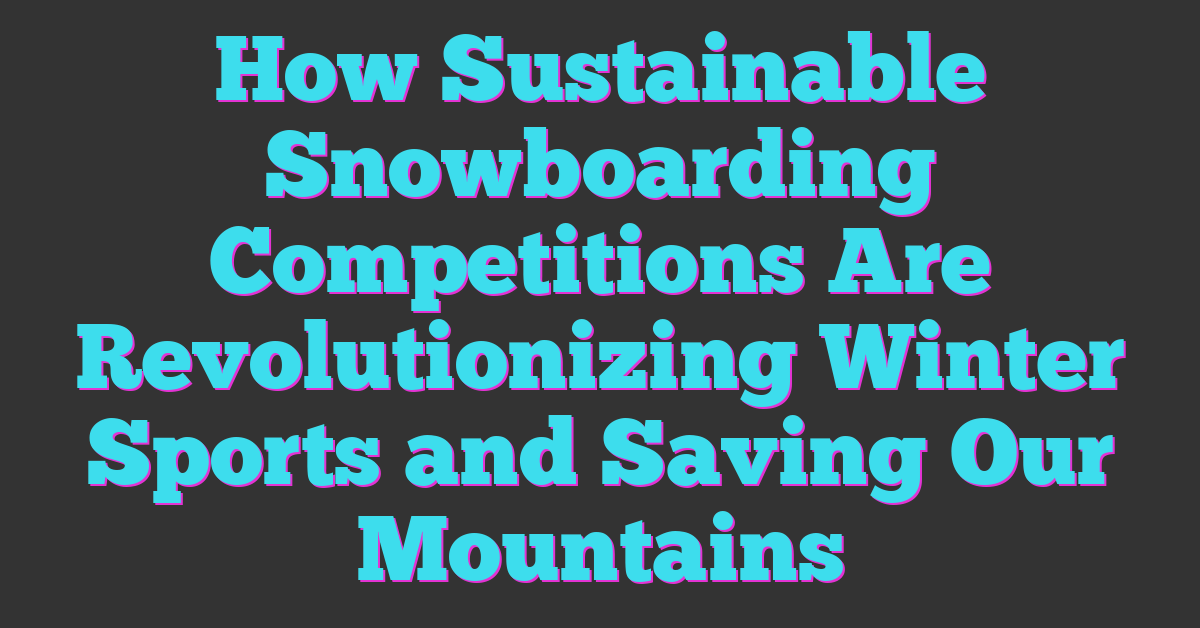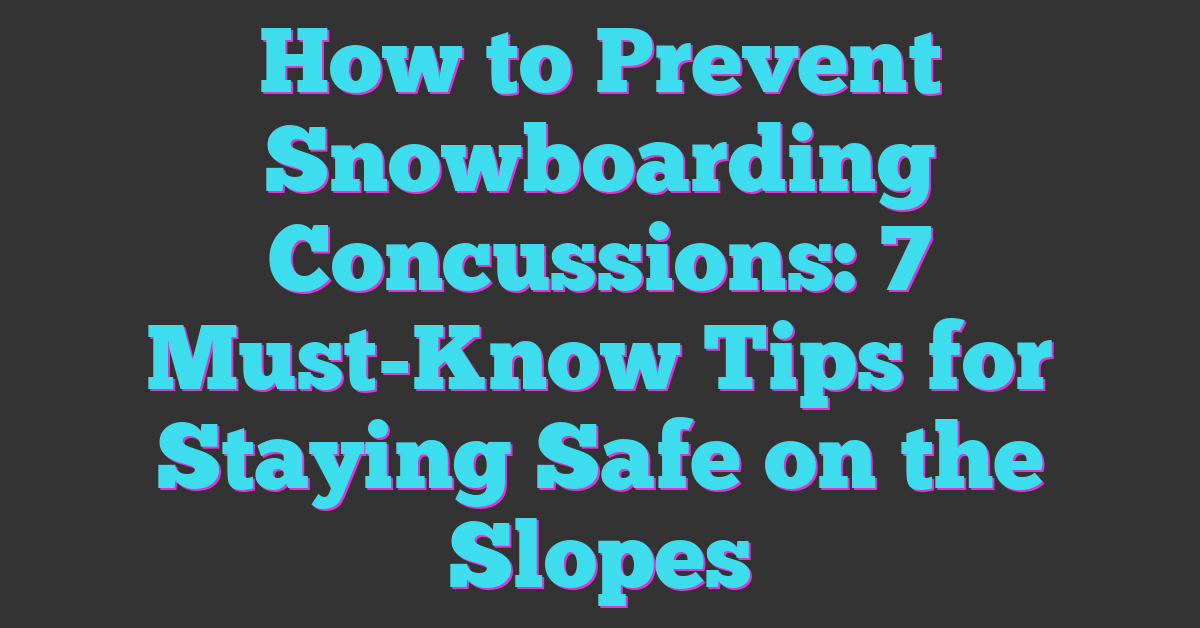The significant part of becoming a snowboarder is having the ability to take on a variety of snow conditions. Unlike many other sports, the snowsports experience can be majorly altered by the levels of snowfall.

Whether it is your first time or third, you will certainly not mind optimal snowboarding conditions.
Here are the best conditions for snowboarding.
Fresh Powder
Snow can take various forms. From freshly fallen snowflakes to half-melted slush, snow can be seen in various states.
Most snowboarding pros and newbies can agree that powder is the finest form of snow for winter sports. This kind of snow is known for its softness. You will have to move fast so that you don’t sink into it. Hence, it will challenge you and feel fun to ride on.
Since powder form is so soft, it reduces injuries.
Temperature Ranging from -1 to -6 Degrees
You can find the best conditions for snowboarding and skiing when the temperature ranges from -1 to -6 degrees Celsius. However, due to the onset of global warming, it is becoming harder to predict temperatures with accuracy.
Temperatures within this range are ideal for winter sports because they are not so cold as to feel uncomfortable. At the same time, it is not so warm that snow starts melting.
Somewhat higher temperatures also work well for winter holidays. Corn snow will become soft during the day. This has a very pleasing texture that looks glossy and silky. When the mercury falls during the night, it will freeze again.
However, snowboarding and skiing conditions are not exactly favorable at higher temperatures. This was best seen during the Winter Olympics that Vancouver hosted in 2010. The melting ice had to be replaced by snow transferred from somewhere else.
Awesome Scenery
Although a beautiful background is not strictly vital for snowboarding, your holiday experience will definitely be more enjoyable.
Some of the greatest natural destinations are best viewed from the tops of scenic hills and slopes.
One study found that people actually afford slightly greater importance to the scenery than the state of the snow. This shows that picturesque backdrops are paramount to the snowboarding winter experience.
Different Conditions for Snowboarding
Snowboarding is a great way to enjoy your winter holidays.
There are so many different conditions for snowboarding. Each has its unique mix of pros and cons.
Fresh Snow
Snowboarding enthusiasts appreciate the experience and advantages that fresh snow has to offer. When fresh snow covers the surrounding winter landscape, you know that you can enjoy a great day of snowboarding.
Fresh snow provides better traction, especially when you need to make quick turns. Thicker layers are even better. Not only do you get to glide smoothly on your snowboard, but the fresh snow will also mitigate the impact of falls and tumbles.
Pros
- Fresh snow is softer to land on.
- Excellent traction for snowboarders and skiers alike.
- Smoother gliding experience down the slope.
Cons
- Heavy snowboarding and skiing activity can displace the soft snow.
- Increased chances of bumps that can hinder snowboarding.
Packed Powder
The packed powder is snow that has been compressed and made smooth for sporting activities like snowboarding and skiing. Huge vehicles equipped with snow blades are used to this end.
This type of snow is excellent for all kinds of outdoor winter activities since it is so smooth. Snowboarders and skiers can enjoy smoother runs down the slope when it is covered with packed powder.
Newbies can have an easier time getting up to speed with packed powder.
A major advantage of packed powder is that bumps and impediments are cleared from the piste when the packed powder is formed.
Icy or Hard Packed Pistes
Icy and hard-packed pistes might sound similar, but they do have key differences.
The advantage of ice is that it is smooth to ride on. Unfortunately, it is also slippery. This is where hard-packed snow comes in because it is hard (and thus smooth to ride on), but it is a little less slippery.
These kinds of cold surfaces may be formed because heavy snowboarding and skiing on any given slope are bound to compress the snow and thus make it hard-packed.
This usually happens when pistes warm up during the day and are cooled during nights when it is colder.
Pros
- High speeds possible
Cons
- Less control while riding and turning
Weather Conditions
Weather conditions also have an impact on the snowboarding experience.
Sunny Weather
Snowboarding during sunny weather is obviously a great experience. Not only does the warm sunshine feel great, but you can also see more clearly. Hence, you can spot bumps and thus avoid them more easily.
Flat Light
Flat light weather occurs when the sky is cloudy. Light shining through these clouds come from various different directions and thus reduces the formation of shadows. Hence, visibility can be good.
Pros
- Nice visibility
Cons
- Identifying gradient changes becomes harder.
Changing Weather Conditions
In many places, weather conditions can change substantially in 24 hours.
Hence, it would be best for you to plan for various weather conditions to be ready for anything that comes your way.
Best Snowboarding Season
Springtime is ideal for many snowboarding fans. This is due to several factors.
- The weather is warmer and more pleasant. Hence, you need fewer layers of warm clothes.
- The snow can be deep since there are several winter storms during the winter season.
- There are smaller crowds during spring since most people are done with snowboarding during this time.
When snowboarding, you will want a reliable helmet to make sure that you reduce the risk of serious injuries. We recommend having OutdoorMaster Kelvin Ski Helmet (ASIN: B08DFWWQ75).
Our Final Thoughts
By understanding the best conditions for snowboarding mentioned above, you can make the most of your winter holiday. <span style=”mso-spacerun:’yes’;font-family:Calib










